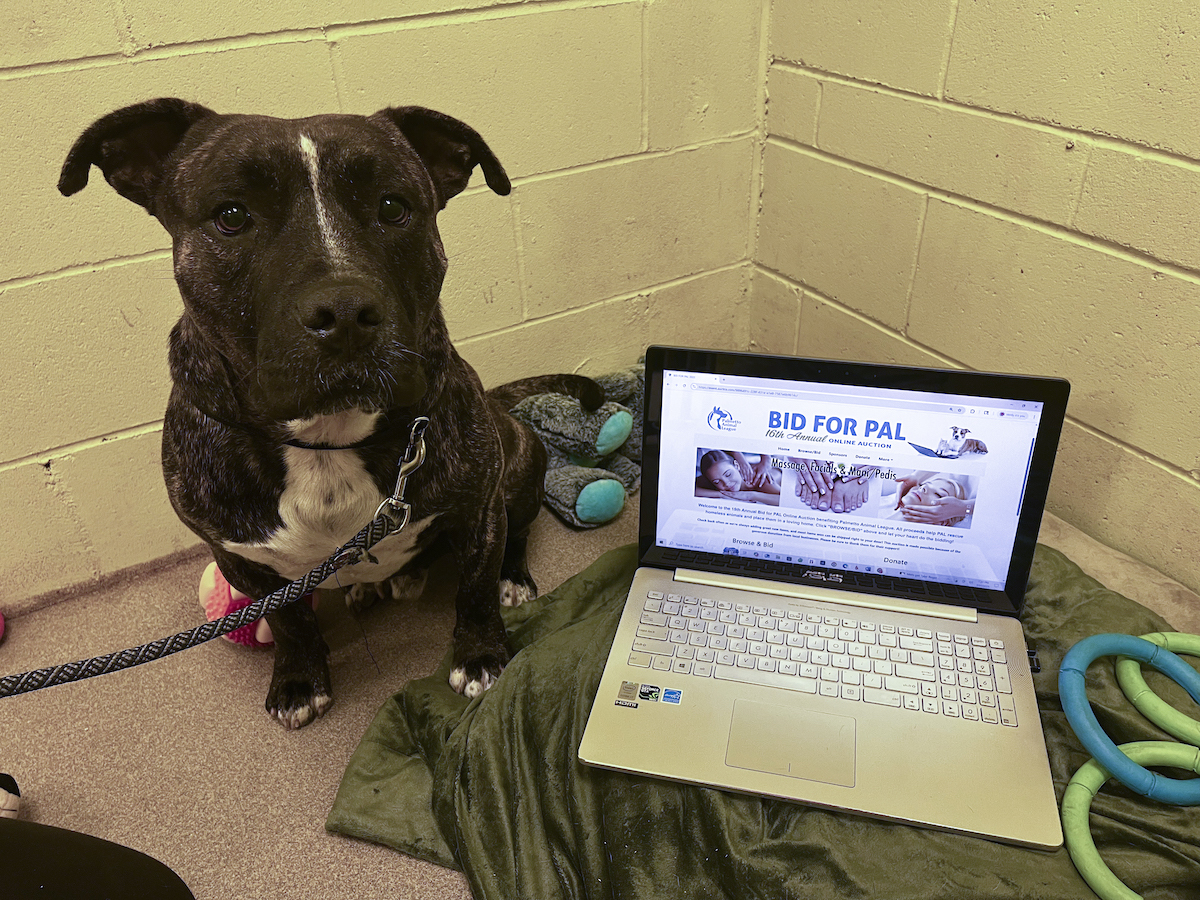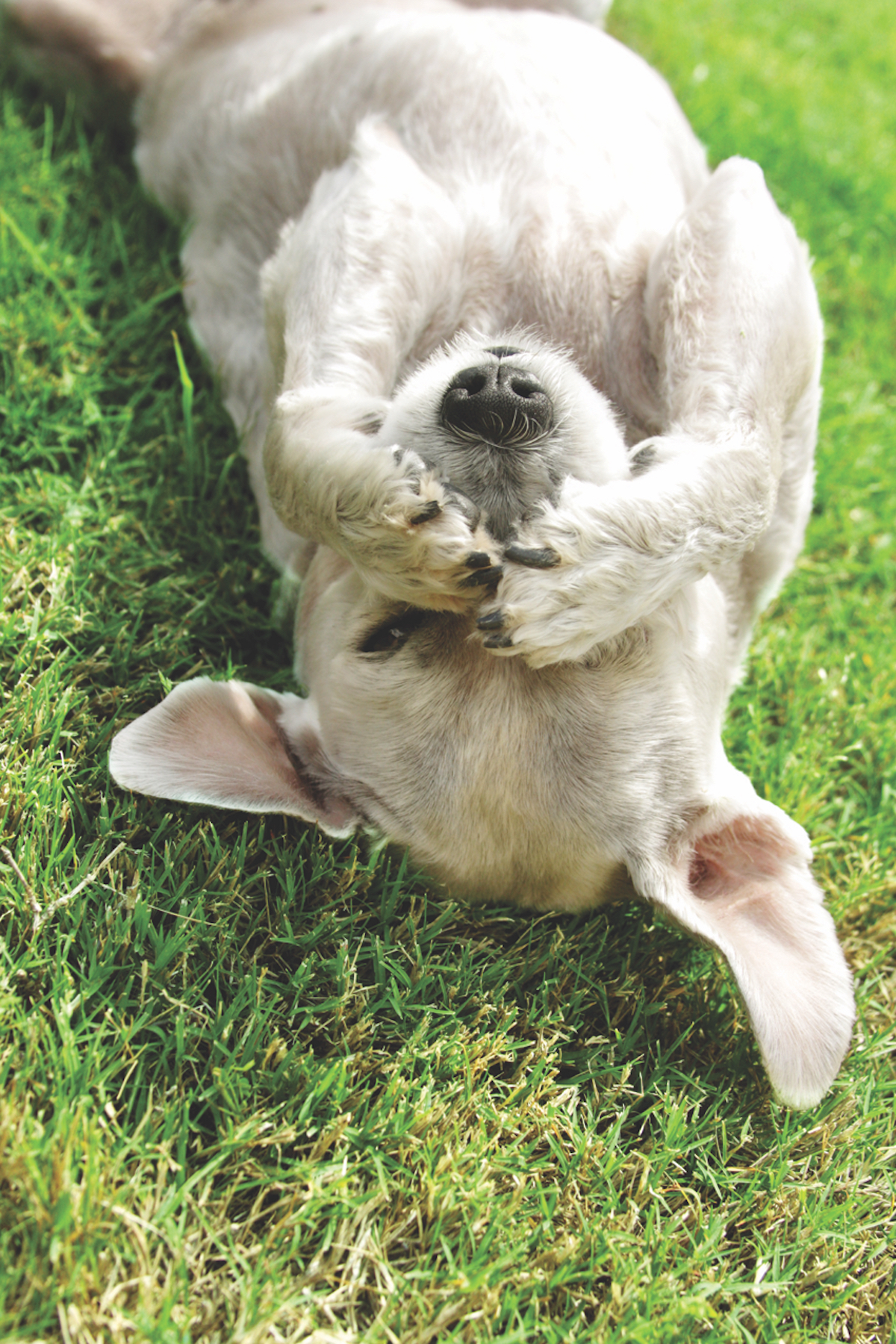The Yuck Factor, Part Three
By Tracie Korol
When things go awry in the pet food industry, meaning that pets become seriously ill, if not drop over dead from eating the food, the manufacturing company usually will work with the FDA (Food and Drug Administration) to coordinate a recall of the affected products.
The largest recall in pet food history occurred in March 2007. Menu Foods recalled more than 100 brands including Science Diet, Eukanuba, Mighty Dog and many brands featured at Wal-Mart. The FDA received over 17,000 reports that pets were sickened and an estimated 20% died from acute renal failure. In April, high levels of melamine, a chemical used in fertilizer and plastics (you know, as in unbreakable melamine dishes) was found in wheat and rice gluten protein concentrate imported from China. The melamine had been purposely added to falsely boost the protein content. By early May scientists identified the cause of rapid onset kidney disease to be the result of the reaction between melamine and cyanuric acid, another pet food additive.
In 1999, Doane Pet Care recalled more than a million bags of kibble (Ol’ Roy) contaminated with a nasty fungal product called aflatoxin. The toxin killed 25 dogs. In 2006, more than 5 million cans of Ol’ Roy, American Fare, and other dog foods distributed in the Southeast were recalled by the manufacturer, Simmons Pet Food, because the cans’ enamel lining was flaking into the food. In the most deadly recall of 2006, Royal Canine recalled four prescription canned dog and cat foods. The culprit was a serious overdose of Vitamin D that caused calcium deficiency and kidney disease. While the Chinese melamine scare was dreadful, it wasn’t an oddity. It happens more often than we’d like to think.
The “good” news about the melamine recall was that it brought to light one of the pet food industry’s dark secrets, co-packing. One company makes the food, but puts someone else’s label on it. This is a very common arrangement. For instance, Iams/Eukanuba canned foods are not made by The Iams Company at all. In fact, in 2003 Iams signed an exclusive 10-year contract with Menu for the production of 100% of its canned foods.
In co-packing agreements prices of raw ingredients are lower because they can be bought in huge quantity, making the profits larger and the process cheaper. The big question raised by this arrangement is whether or not there is any real difference between the expensive premium brands and the lowliest generics as it all comes out of the same nozzle, so to speak. The melamine-tainted recalled products all contained the suspect ingredient, wheat gluten, but they also contained specific ingredients designated by the folks who were paying for the use of the machinery at the time.
The recalled premium brands claim that Menu made their foods “according to proprietary recipes using specified ingredients,” and that “contract manufacturers must follow strict quality standards.” Indeed, the contracts undoubtedly included those points. But out in the real world, things may not go according to plan. How well are machines cleaned between batches, how carefully are ingredients mixed, and just how particular are minimum-wage workers in a dirty smelly job going to be about getting everything just perfect?
The practice of co-packing demonstrates that the price of the pet food does not always determine whether it is good or bad or even safe. However, you can be sure that the very cheapest foods can be counted on to have the very cheapest ingredients. For example, Ol’ Roy has now been involved in 7 serious recalls.
As consumers, what can we do? Read labels. Granted, it’s a nuisance to heave a big bag over and look at the tiny type, but do it. Make sure the name on the front of the bag matches the name of the manufacturer, for starters. Read the list of ingredients, too. The first six ingredients should be foods you recognize and might eat. Or try this, if the area of space on the bag allotted to the ingredient list is over four inches deep, don’t buy it. Commercially prepared pet food is not necessarily bad. But it’s up to you (because your dog can’t read) to make sure that you’re purchasing the very best product for your very Best Friend.






